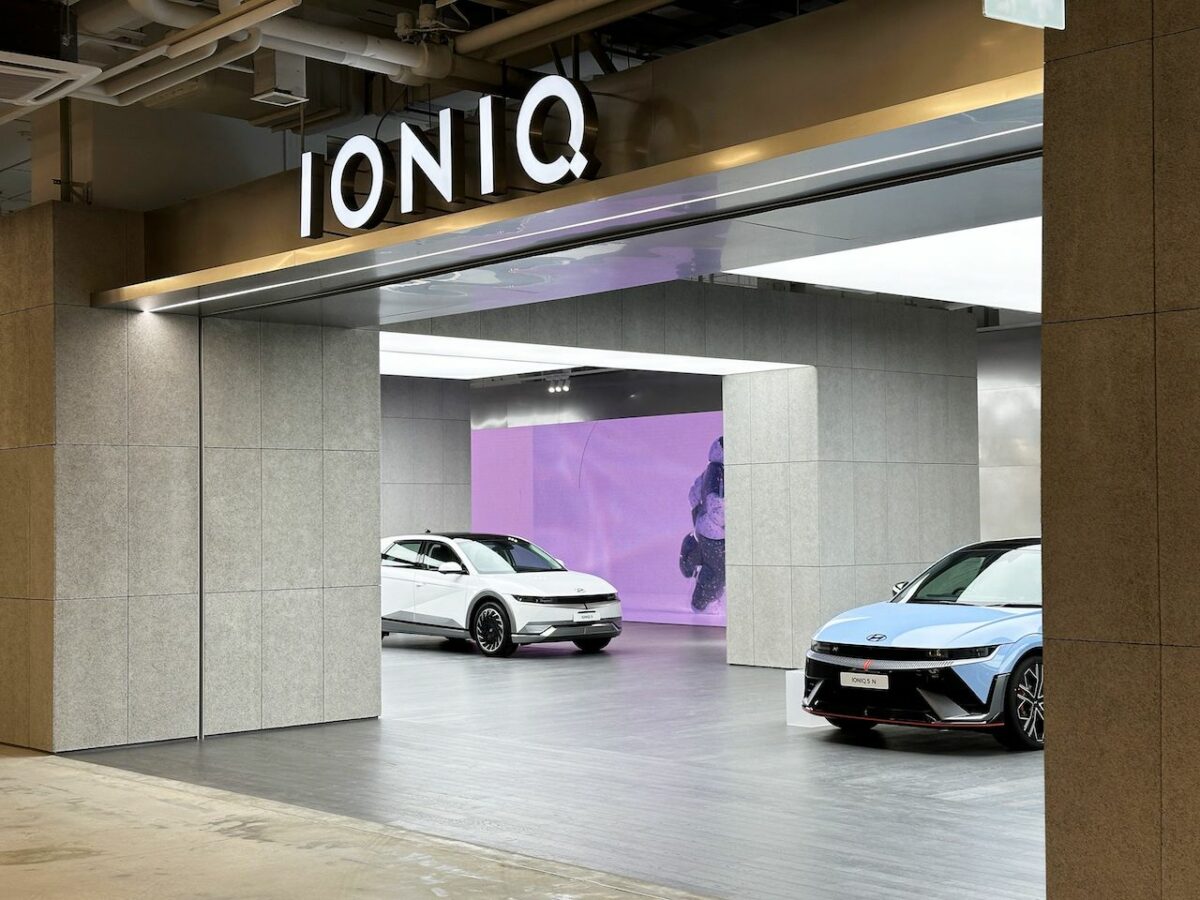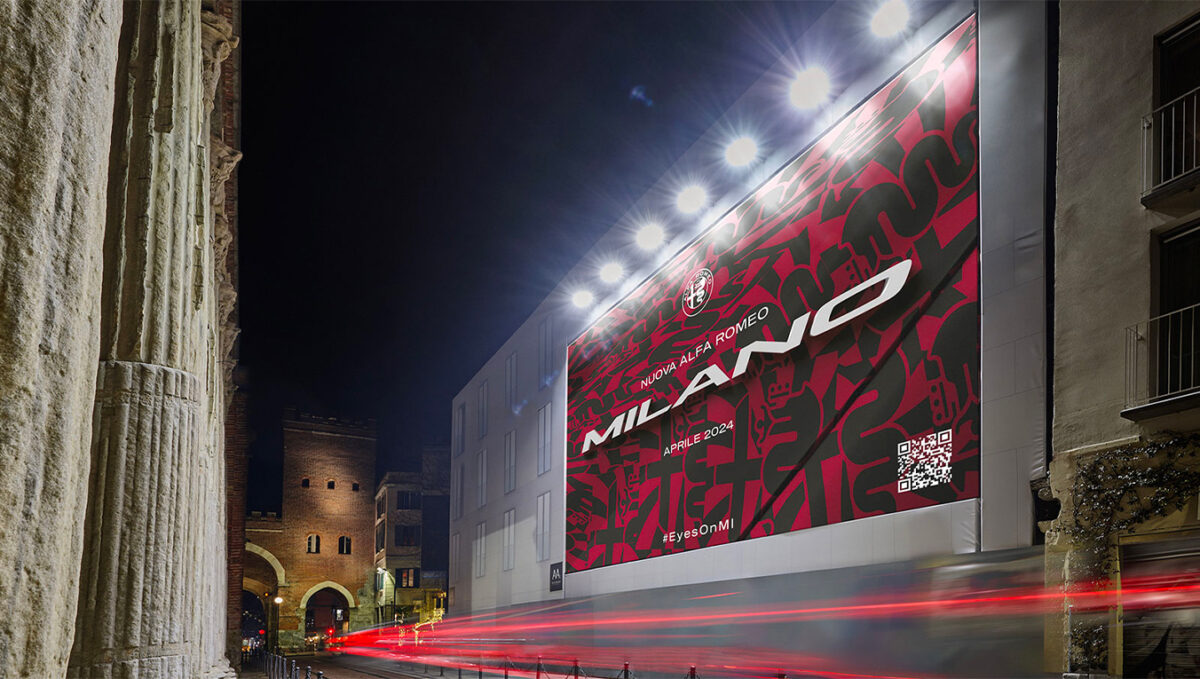It wasn’t common to see a car in Japan in the late 19th and early 20th century. And if you did, it certainly wasn’t Japanese. The only cars on Japanese roads were built by Ford and GM, and imported from the US. But that all changed when Masurijo Hashimoto founded the Kwaishinsha Motor Car Works in the Hiroo district of Tokyo in 1911. From this small workshop, Hashimoto built a small passenger car powered by a twin-cylinder 10ps engine that could hit 32 km/h—and named it after the initials of his investors.
And so the Model 41 DAT was born. Sales soared and success followed. And after a decade of growth and mergers, the company changed its name to Datsun in 1932. Sound familiar? Datsun would eventually evolve into Nissan in 1934. Which means this is the 90th anniversary of the birth of one of the world’s most iconic auto brands. Today, Nissan stands at the forefront of automotive evolution. It is a pioneering force in manufacturing electric vehicles (EVs) and connected cars. But it also is on the cutting-edge of delivering customer-centric approaches, reshaping of both infrastructural and commercial landscapes. So what can we learn from its story?
Driving principles
Nissan was born from a series of complex ownership changes and mergers. It was facing an identity crisis—and chose to brand its new Nissan cars with Datsun plates to maintain the brand awareness the Datsun had achieved. Ignoring the fact that one of the reasons it had chosen to re-brand was because “Datsun” sounded eerily similar to a Japanese phrase that means “to lose money”. But that was the least of its worries.
Stuff happening in the world of Nissan was complicated. Stuff happening outside it was total chaos. There was uncertainty. Depression. And quickly global tension snapped into World War Two. Suddenly Nissan’s only purpose was to produce vehicles for the war.
To maintain success over a long period of time there needs to be an overarching commitment to evolution and transformation
After peace was declared, and having narrowly survived numerous bankruptcy scares and aggressive union wranglings, enemies became friends for Nissan. The automaker started selling abroad—most notably to the US. And from producing 865 cars a year in 1950, by 1959 it was producing over 32,000.
This period of success defined Nissan and separated it from the legacy of Datsun. Unless you lived outside of Japan, where from 1958 to 1986, only vehicles exported by Nissan were identified as Datsun. It began to forge the Nissan name into history, developing models ranging from the iconic Skyline to the revolutionary Leaf.
Plotting a course
The success of Nissan is to do with its ability to successfully navigate. Not in the sense of navigating routes and roads. But in the way it navigates through change. The last 100 years have seen the auto industry undergo radical changes, from the roar of combustion engines to the silent precision of EVs. The world has changed too. There are new technologies, new pressures—and new values. New challenges. New opportunities.
So how has Nissan adapted?
Embracing the electric future
Nissan is a pioneering force in the EV market. It launched the world’s first mass-produced, affordable electric car, the Nissan Leaf in 2010. The Leaf quickly became Europe’s best-selling electric car, representing a major step forward in the automotive industry’s transition toward electric mobility. In January 2021, Nissan announced that global sales of the Leaf had surpassed one million units, marking a significant milestone for the world’s best-selling electric car at that time.

But the job isn’t done. Auto brands need to continue to tackle the challenges of range, battery life, and public perception, redefining what it means to drive electric. Which is why Nissan is not just building cars; it’s building the ecosystem that supports them. The development of BEV infrastructure, including charging solutions, is critical. Nissan is working on mobile and remote charging solutions, standardising charging protocols, and improving charging speeds. This infrastructure is key to making EVs a practical choice for more consumers.
Connected cars: the new driving experience
The future of driving isn’t just about getting from point A to B; it’s about the experience in between. The rise of connected cars has opened up new horizons for Nissan and other OEMs, integrating advanced technology to enhance safety, convenience, and enjoyment. The approach to connected cars isn’t just about technology; it’s about creating a deeper, more personal relationship with the vehicle that will need to evolve with increasing customer expectations.
And this relationship isn’t limited to the in-car experience. Nissan has enjoyed success because it views the customer experience holistically. Cars are not just machines but part of people’s lives and stories—and automotive brands need to understand how they fit into this story. This shift towards customer centricity is reshaping the manufacturer’s approach to design, sales, and service, making the customer journey as important as the cars themselves.
Redefining design and delivery
Technology and evolving consumer behaviours are reshaping the automotive industry. OEMs are adapting to the shift from B2B to a more B2C model. This new model is about creating value at every touchpoint, ensuring that the relationship with its customers is stronger and more meaningful than ever. And artificial intelligence (AI) is playing a decisive role in this emerging battleground. For Nissan, AI is now a cornerstone in its design and delivery strategy. AI’s role in modelling, forecasting, and personalising customer experiences is increasing efficiency and accelerating innovation. It’s becoming as critical to success as Hashimoto’s workshop was in 1911.
The road ahead
The story of Nissan is a story of change. Ninety years on from its foundation, and we find ourselves in a similar state of economic uncertainty and geopolitical unrest. But the world is a very different place to what it was when Hashimoto founded the Kwaishinsha Motor Car Works. And Nissan is now a very different company.
Today, there is a lot of talk about how businesses can become ‘future-proof’. But that isn’t possible. Nothing is immune to the future. Instead, as Nissan has shown, it is better to be ‘change-ready’. To maintain success over a long period of time there needs to be an overarching commitment to evolution and transformation. You can’t just become an EV business overnight—and you can’t just ask AI to take over your brand and marketing. But you can be ready for change.
The automotive industry will always be at the forefront of innovation, but Nissan shows us that sustaining success is all about putting the right systems in place internally.
About the author: Adrian Stalham is Chief Change Officer at Sullivan & Stanley



